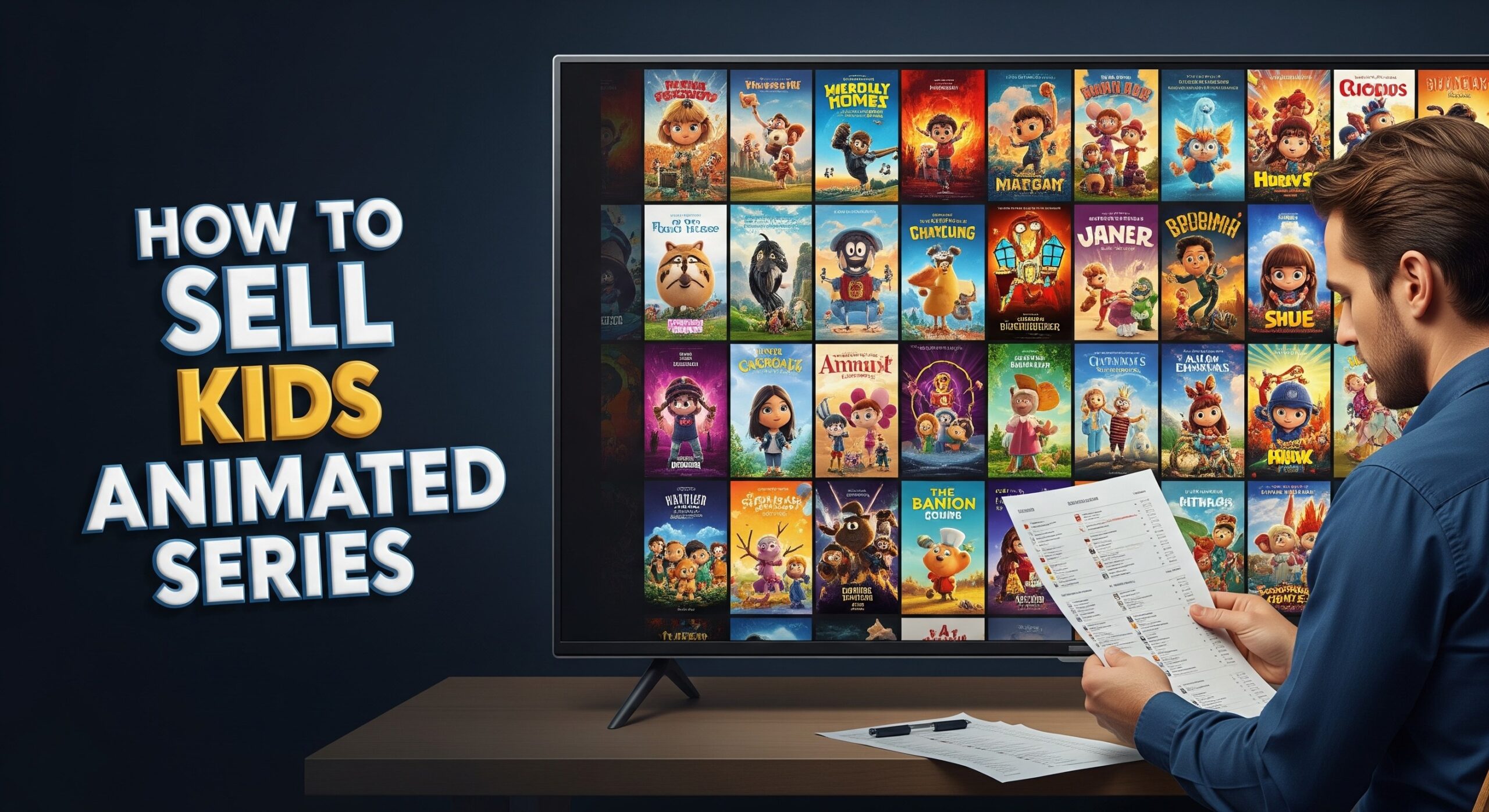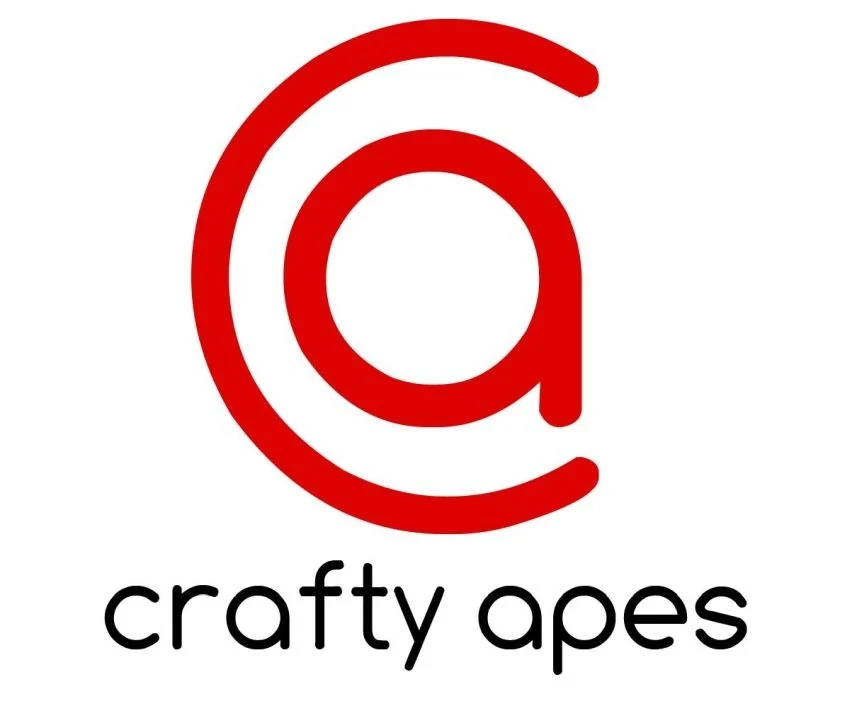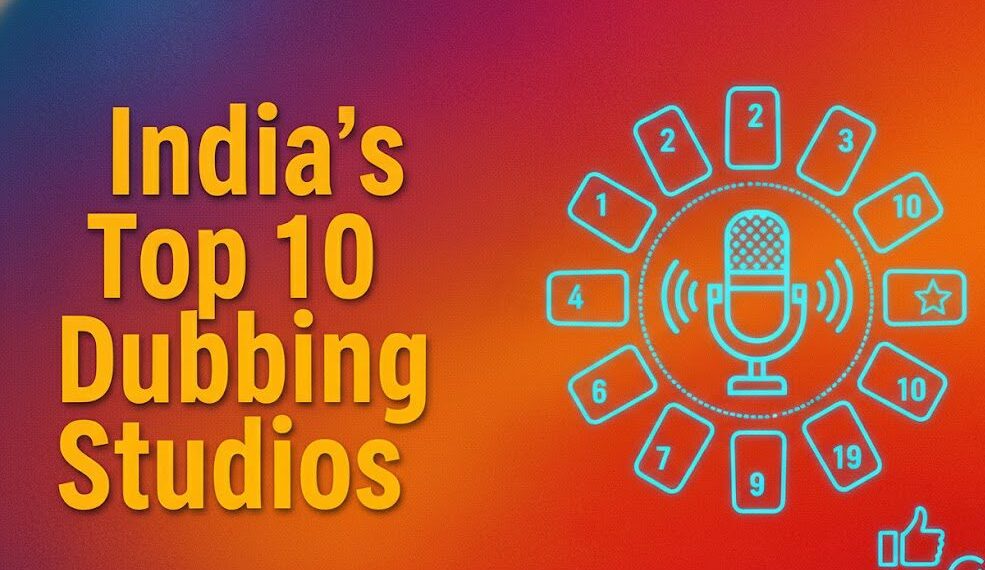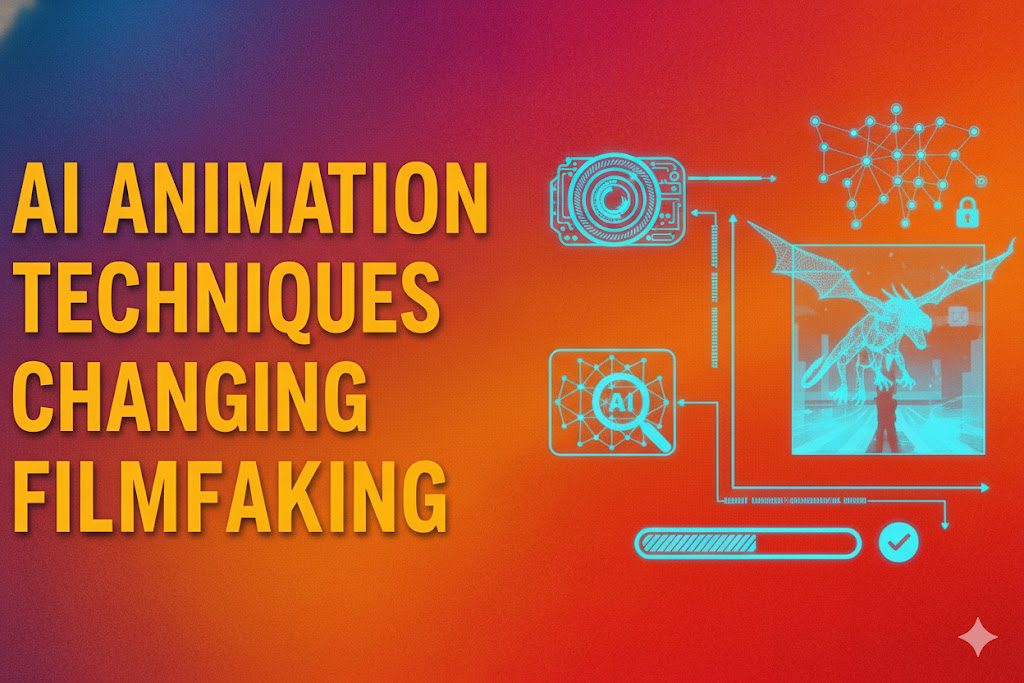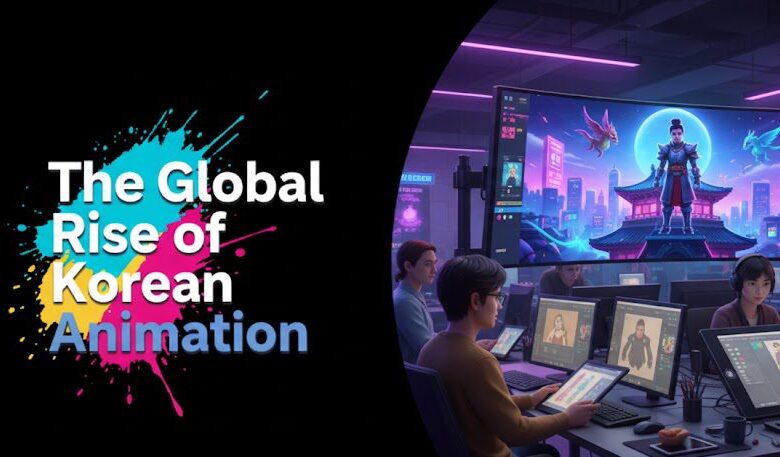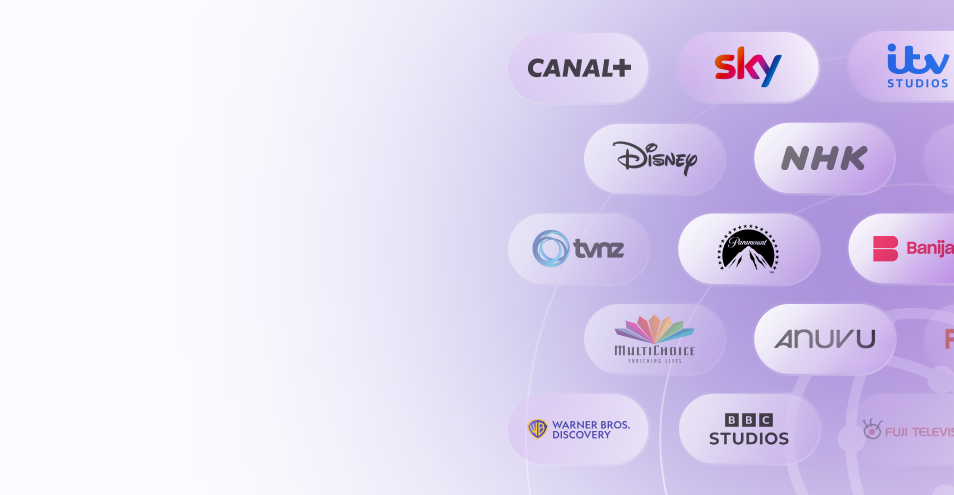Introduction
Let’s be honest. You’ve poured your heart, soul, and probably a ton of cash into creating an amazing kids’ animated series. The characters are lovable, the stories are brilliant, but now you’re stuck.
How do you find a platform to sell kids animated series to broadcasters without getting lost in an endless sea of contacts and gatekeepers? It feels impossible, right?
You’re not alone. Every year, thousands of incredible creators fail to get their shows seen by the right people. They spend months, even years, sending cold emails that never get a reply. But it doesn’t have to be that way.
In this post, I’m going to walk you through the exact 5 steps you need to take to find the right platform, connect with real buyers, and finally get your animated series acquired. Forget the old-school gatekeepers; it’s time to get your show on the screen.
Table of content
- Introduction
- Key-Takeaways
- Step 1: Get Your “Product” Ready for Sale
- Step 2: Forget Guesswork. Find the Right Buyers with Data.
- Step 3: Choose the Right Platform to Be Seen
- Step 4: Craft a Pitch That Buyers Can’t Ignore
- Step 5: Follow Up and Build Real Relationships
- How Vitrina Streamlines This Entire Process
- Conclusion
- FAQs
Key Takeaways
| Strategy | Why It Matters | Action Item |
|---|---|---|
| Package Your Show Professionally | First impressions are everything. Buyers won’t look at a disorganized pitch. | Create a comprehensive pitch bible and a stunning sizzle reel. |
| Identify Your Target Buyers | Don’t waste time pitching to the wrong networks. | Research broadcasters’ mandates and recent acquisitions. |
| Leverage Digital Marketplaces | These platforms centralize discovery and connect you directly with buyers. | Build a powerful profile on a platform like Vitrina. |
| Master the Art of the Pitch | A great pitch is more than just a good idea; it’s a business case. | Clearly define your audience, format, and revenue potential. |
| Build Relationships, Not Just Contacts | The entertainment business runs on trust and relationships. | Use market intelligence to engage buyers with relevant insights. |
Is your animated series ready for the global stage?

Step 1: Get Your “Product” Ready for Sale
Before you even think about finding a platform to sell kids animated series to broadcasters, you need to have a professional package ready to go. Broadcasters are busy. They receive hundreds of pitches a week.
If your project looks amateurish or incomplete, they will pass without a second thought.
You wouldn’t try to sell a car without wheels, right? Same logic applies here. Your “product” needs to be polished and ready for inspection.
What Every Professional Pitch Package Needs:
- The Pitch Bible: This is your show’s master document. It must include the logline, synopsis, character bios and designs, episode summaries, and an overview of the show’s world. Make it visual and exciting!
- A Killer Sizzle Reel or Pilot: A 2-3 minute sizzle reel is mandatory. It should capture the tone, humor, and heart of your series. If you have a full pilot episode, even better. This proves you can execute your vision.
- A Clear Business Case: Who is the target audience (e.g., preschool, 6-11 years)? What is the format (e.g., 52 x 11 minutes)? What makes it unique in the current market? Buyers are investing; show them the ROI.
Step 2: Forget Guesswork. Find the Right Buyers with Data.
Stop sending your preschool comedy pitch to a broadcaster that only buys action-adventure for teens. It’s a waste of everyone’s time. The key to success is targeted outreach, and that starts with research.
You need to know who is buying what, right now. Tastes change, mandates shift, and what a network bought last year isn’t necessarily what they need this year. This is where most creators fail. They rely on outdated lists or blind hope.
How to Identify Your Ideal Buyers:
- Analyze Their Current Slate: What shows are currently on their channel or platform? What do they have in development? This tells you their brand identity and target demographic.
- Look at Their Recent Acquisitions: Pay attention to the deals being announced in the trades. If a broadcaster just acquired three shows about friendly monsters, they probably don’t need a fourth.
- Use a Professional Network: This is the modern way. Platforms like Vitrina’s solution provide up-to-date intelligence on what buyers are looking for, what deals they’ve done, and who the right person to contact is.
Step 3: Choose the Right Platform to Be Seen
Okay, your package is ready and you know who to target. Now, where do you actually go? The days of needing an agent just to get a meeting are fading. Digital platforms have democratized access.
You have a few options, each with pros and cons.
| Platform Type | Pros | Cons |
|---|---|---|
| Traditional Distributors | Established relationships, handle all the sales work. | Can be hard to get their attention, take a large commission (25-40%). |
| Industry Markets (MIPCOM, Kidscreen) | Face-to-face networking, high concentration of buyers. | Extremely expensive (travel, badges, marketing), very crowded. |
| Digital B2B Marketplaces | Cost-effective, direct access to global buyers, data-driven matching. | You still need to do the outreach and follow-up yourself. |
For most independent creators and studios, a digital B2B marketplace is the most efficient and powerful starting point. It’s your always-on platform to sell kids animated series to broadcasters, connecting you with decision-makers actively looking for new content 24/7.
Want to close deals faster?

Step 4: Craft a Pitch That Buyers Can’t Ignore
Once you get a meeting or a buyer opens your email, your pitch has to be flawless. It needs to be clear, concise, and compelling.
The Anatomy of a Perfect Pitch:
- The Hook (30 seconds): Start with your logline and what makes your show unique and timely. Why does the world need this show now?
- The “Why You” (1 minute): Explain why this show fits their brand perfectly. Mention a show on their current slate and explain how your series complements it. This shows you’ve done your homework.
- The Vision (2 minutes): Walk them through the world, the characters, and the story potential. This is where you show them the sizzle reel.
- The Business (1 minute): Briefly touch on the audience, format, and your team. Reassure them that this is not just a creative dream, but a viable production.
Remember, you’re not just selling a story. You’re selling a business partnership. Be passionate, but also be professional.
Step 5: Follow Up and Build Real Relationships
Did you know that 80% of deals are made after the fifth follow-up? Most creators give up after one or two emails. Don’t be one of them.
Following up doesn’t mean spamming them with “Just checking in!” emails. It means adding value. Send them a relevant industry article. Congratulate them on a recent launch. Stay on their radar in a positive and professional way.
This is how you turn a cold contact into a warm relationship. And in the entertainment industry, relationships are everything.
How Vitrina Streamlines This Entire Process
I know what you’re thinking. This is a lot of work. Researching hundreds of buyers, tracking their needs, finding contact info… it’s a full-time job.
And that’s where Vitrina comes in. Vitrina is not just another database; it’s a dynamic, global supply chain platform for the M&E industry.
Instead of spending months on manual research, you can use the Vitrina Project Tracker and marketplace to instantly identify broadcasters whose mandates match your project, see what deals they’ve done, and connect with verified decision-makers.
It’s the ultimate platform to sell kids animated series to broadcasters because it replaces guesswork with data-driven connections.
Conclusion
So there you have it. Selling your kids’ animated series isn’t about magic or luck. It’s about a smart, strategic process.
You need to package your show professionally, use data to find the right buyers, leverage a digital platform to get access, and deliver a pitch that shows you mean business. It takes work, but it’s absolutely achievable.
The old barriers are gone. The gatekeepers are no longer in control. The question is, are you ready to take control of your show’s destiny?
What’s the first strategy you’re going to try? Let me know in the comments.
Ready to stop searching and start connecting? Vitrina is the most direct path to getting your content in front of global buyers. Sign up today and get your project discovered by the people who matter. Get started with Vitrina now!
Frequently Asked Questions
Not necessarily. While agents have valuable connections, modern platforms like Vitrina allow you to connect directly with buyers. If you are well-prepared and professional, you can successfully represent your own project, saving on commission fees.
Costs vary dramatically based on animation style (2D, 3D, stop-motion), quality, and length. A broadcast-quality 11-minute 2D animated pilot can range from $75,000 to over $300,000. However, a high-quality sizzle reel can often be produced for much less and is usually sufficient for pitching.
Trends are always shifting, but key themes right now include: Preschool content focused on social-emotional learning (SEL). Bridge content for the 8-12 age group that isn’t too “kiddy” or too mature. Content from diverse creators telling authentic stories. Properties with franchise potential (toys, games, books). You can track these trends in real-time on Vitrina.
Broadcasters often have stricter programming slots and demographic targets. They may buy rights for a specific region. SVOD platforms like Netflix or Disney+ acquire global rights and are often looking for binge-worthy series with broad, international appeal. The pitch strategy and rights negotiation will differ for each.


